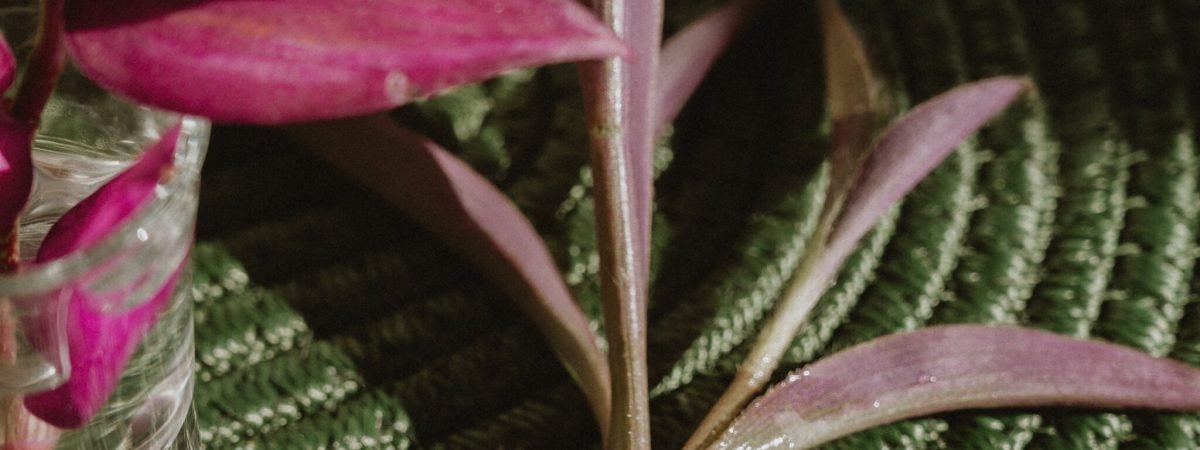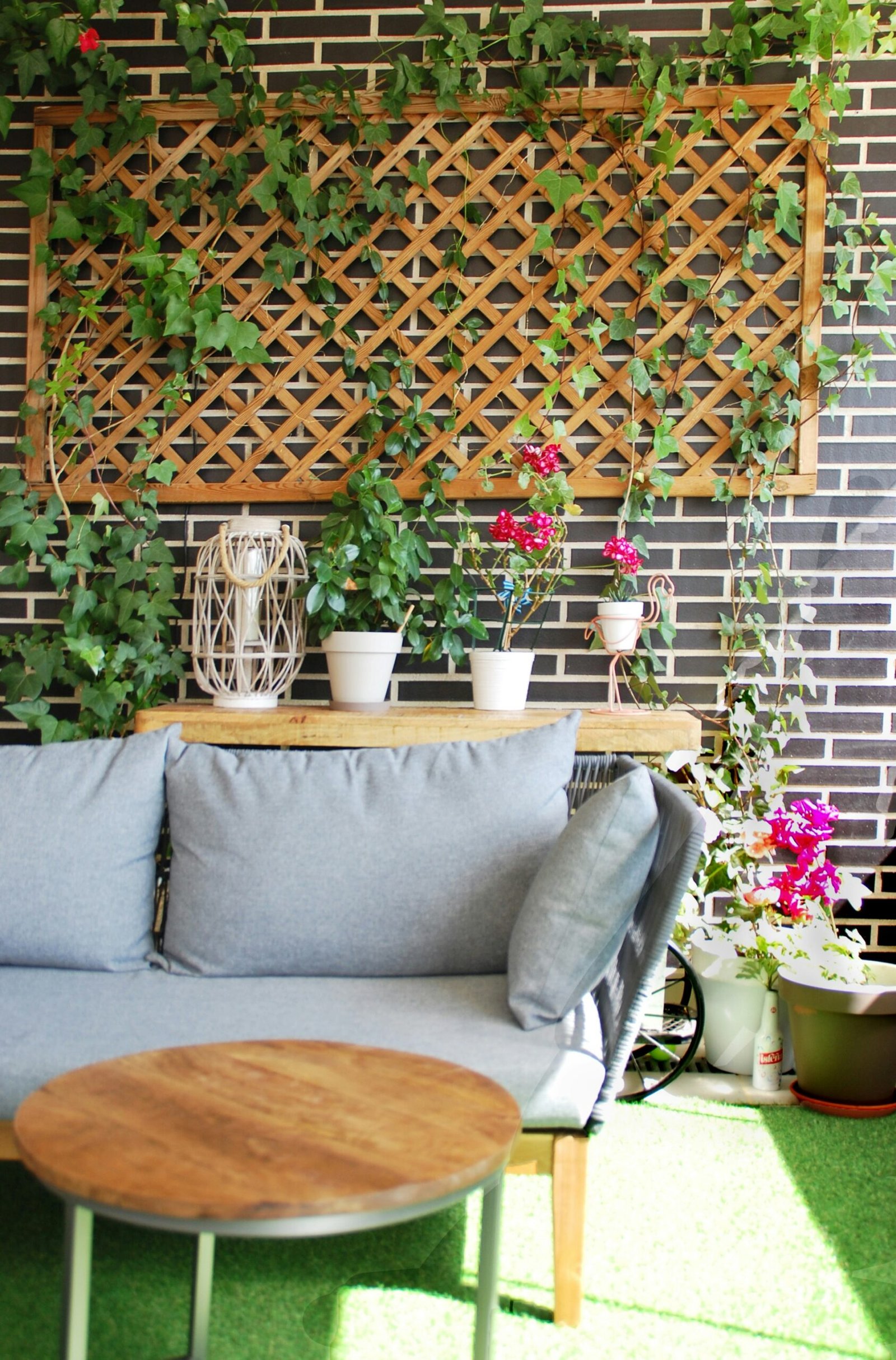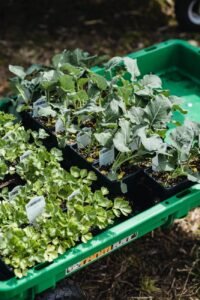Introduction
Welcome to The Green Thumb’s Guide to Successful Plant Propagation! Whether you’re a seasoned gardener or just starting out, this guide will provide you with all the information you need to propagate plants successfully. Plant propagation is the process of creating new plants from existing ones, and it’s a great way to expand your garden without spending a fortune.
Why Propagate Plants?
There are several reasons why plant propagation is a valuable skill for any gardener:
- Save money: Propagating plants allows you to grow new plants for free, saving you money on buying expensive nursery-grown plants.
- Preserve rare or heirloom plants: Some plants are hard to find or may be at risk of extinction. By propagating these plants, you can help preserve their genetic diversity.
- Share with friends and family: Propagating plants gives you the opportunity to share your love for gardening by giving away plants to your loved ones.
- Expand your garden: Propagation allows you to create more plants to fill empty spaces in your garden or try new varieties.
Methods of Plant Propagation
There are several methods of plant propagation, and the best method depends on the type of plant and the desired outcome. Here are some common methods:
1. Seed Propagation
Seed propagation is the most common and straightforward method. It involves planting seeds in a suitable growing medium and providing the right conditions for germination. This method is ideal for annuals, biennials, and some perennials.
2. Stem Cutting
Stem cutting is a popular method for propagating many types of plants, including herbs, houseplants, and woody perennials. Simply cut a healthy stem from the parent plant, remove the lower leaves, and place it in a rooting hormone and a well-draining growing medium.
3. Division
Division is commonly used for plants that naturally produce multiple stems or clumps. It involves separating the plant into smaller sections, each with its own roots and shoots. This method is suitable for perennials like hostas, daylilies, and ornamental grasses.
4. Layering
Layering is a method where a stem is encouraged to root while still attached to the parent plant. This can be done by bending a flexible stem to the ground and covering a portion of it with soil or by using air layering techniques. Layering is commonly used for plants like roses, raspberries, and some shrubs.
5. Grafting
Grafting is a more advanced method that involves joining two different plants together to create a new plant with desirable traits. It is commonly used for fruit trees and roses to combine the desired fruit or flower variety with a strong rootstock.
Tips for Successful Plant Propagation
Now that you know the different methods of plant propagation, here are some tips to increase your chances of success:
- Start with healthy parent plants: Choose plants that are disease-free and in their prime to ensure the best chance of success.
- Use the right growing medium: Different plants have different preferences when it comes to soil or potting mix. Research the specific requirements of the plant you’re propagating and use a suitable growing medium.
- Provide the right conditions: Each plant has its own requirements for light, temperature, and humidity. Mimic the natural conditions as closely as possible to promote healthy growth.
- Be patient: Plant propagation takes time, and not every cutting or seed will successfully grow into a new plant. Don’t get discouraged if some attempts fail.
- Experiment and learn from experience: Each plant and environment is unique. Don’t be afraid to try different methods and learn from your successes and failures.
Conclusion
Plant propagation is a rewarding and cost-effective way to expand your garden and share your love for plants with others. By understanding the different methods and following the tips mentioned in this guide, you’ll be well on your way to becoming a successful plant propagator. So grab your gardening tools and get ready to grow your garden one plant at a time!















